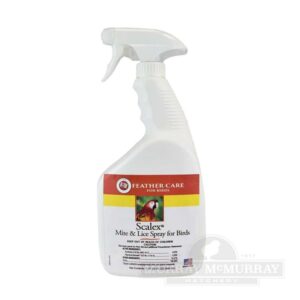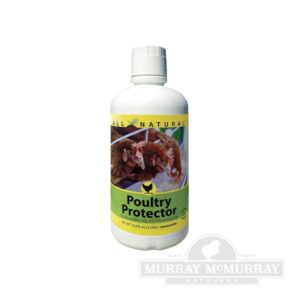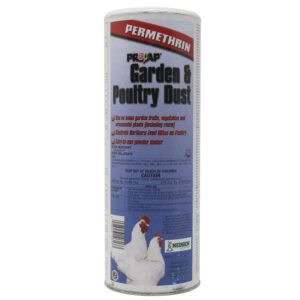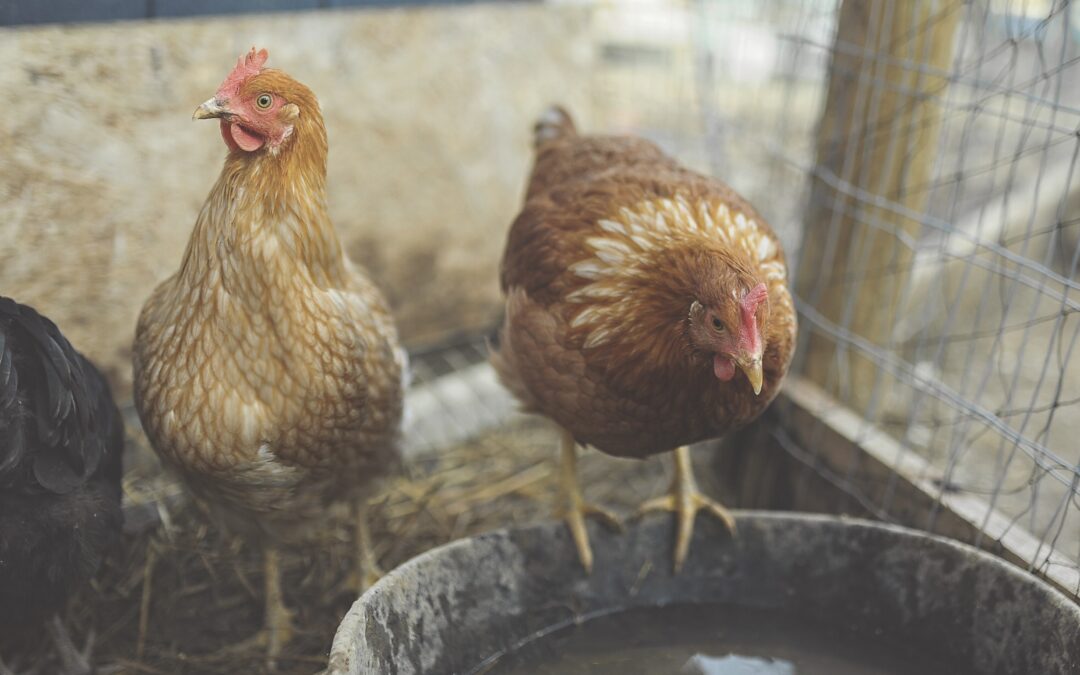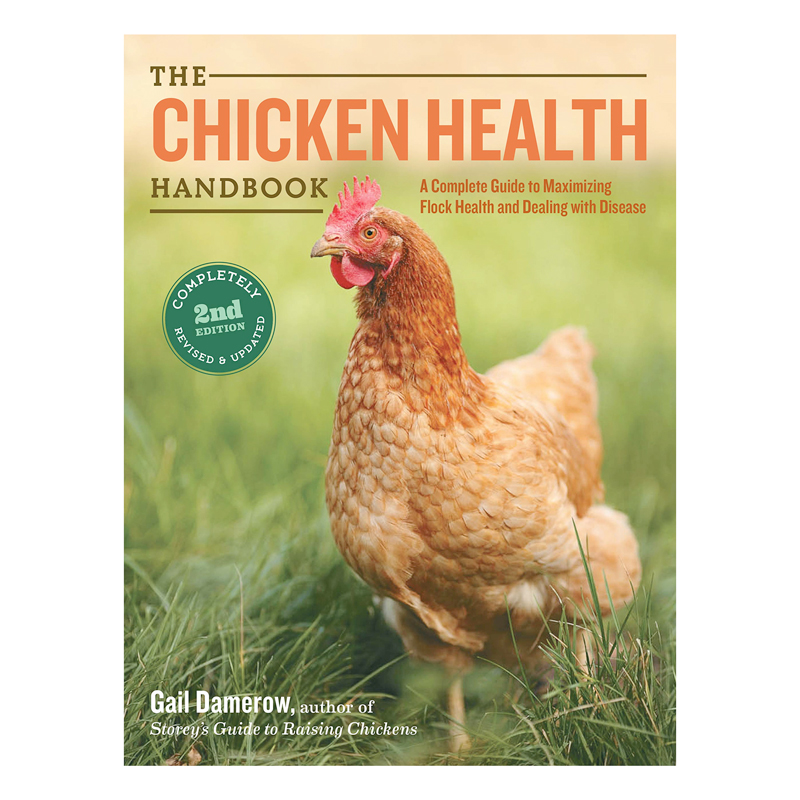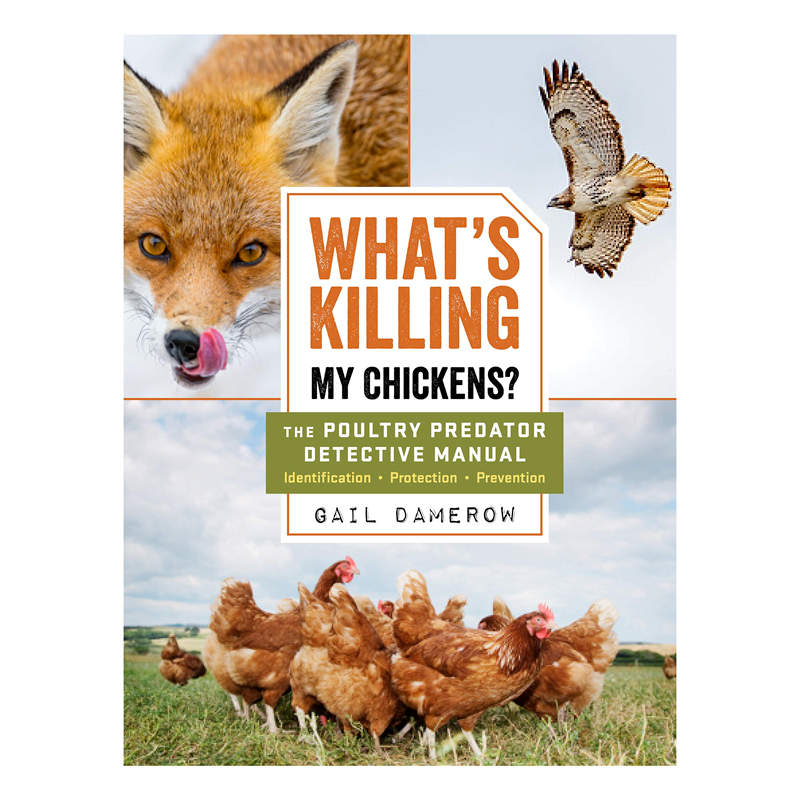When chickens scratch and peck at themselves excessively, you can be pretty sure they are being irritated by external parasites. Continuing our interview series with Gail Damerow, poultry expert and best-selling author, we ask her for tips on dealing with external parasites such as mites and lice.
What is the most common external parasite?
“Mites are the most common type of external parasites among chickens. They are tiny, spider-like creatures with single-segment bodies, exterior skeletons, and four pairs of jointed legs. They feed on blood, tissue cells, or feathers, depending on the species,” Ms. Damerow explains.
How many mite species are there?
“Seven different mite species plague chickens in North America. We have red mites, also called chicken mites. We have northern fowl mites in the North, and tropical fowl mites in the South. Other species include scaly leg mites, depluming mites, air-sac mites, and chigger mites. They all have mouths designed for piercing or chewing.”
How do mites get on chickens?
“Red mites spend a lot of time off the bird, so they can be spread on equipment, shoes, or clothing. They are also spread by infested birds, including wild ones,” she warns.
“The other species remain on a chicken’s body all the time, so they are mainly spread through contact with infested birds. They may live on the skin, hide in feather parts, burrow under the skin, or make their way deep within the body to live in the lungs, liver, or other organs.
“The northern fowl mite is among those that live entirely on a bird. It feeds on blood and does the most damage of any mite species. A serious infestation can cause anemia and even death,” Damerow cautions.
“Any mite infestation causes irritation, low energy, and feather damage. Other symptoms include low egg production, reduced fertility, and stunted growth in young birds.”
What can we do to control mites?
“Being able to identify mite species is a big help because some are easier to control than others. Red mites, for instance, leave the chicken during the day. They become inactive at low temperatures, so they mainly occur in warm climates, and are more of a problem in summer than in winter. They are easy to control by regularly cleaning out the coop.
“Tropical mites live entirely on a chicken’s body, but sometimes deposit their eggs in nests while an infested hen is laying. Ridding a coop of tropical mites involves periodically cleaning out, and sometimes treating, the nests. And, as with other species that rarely leave a chicken’s body, you also need to treat individual birds,” she says.
“All kinds of products are available for controlling external parasites such as mites. Some are chemicals. Others are so-called natural products. And, of course, we see all kinds of ineffectual and potentially dangerous remedies circulating online,” Damerow cautions.
“Few products are labeled for legal use with chickens. And not all of them are legal in all states. A good starting place is to review McMurray’s mite control products.”
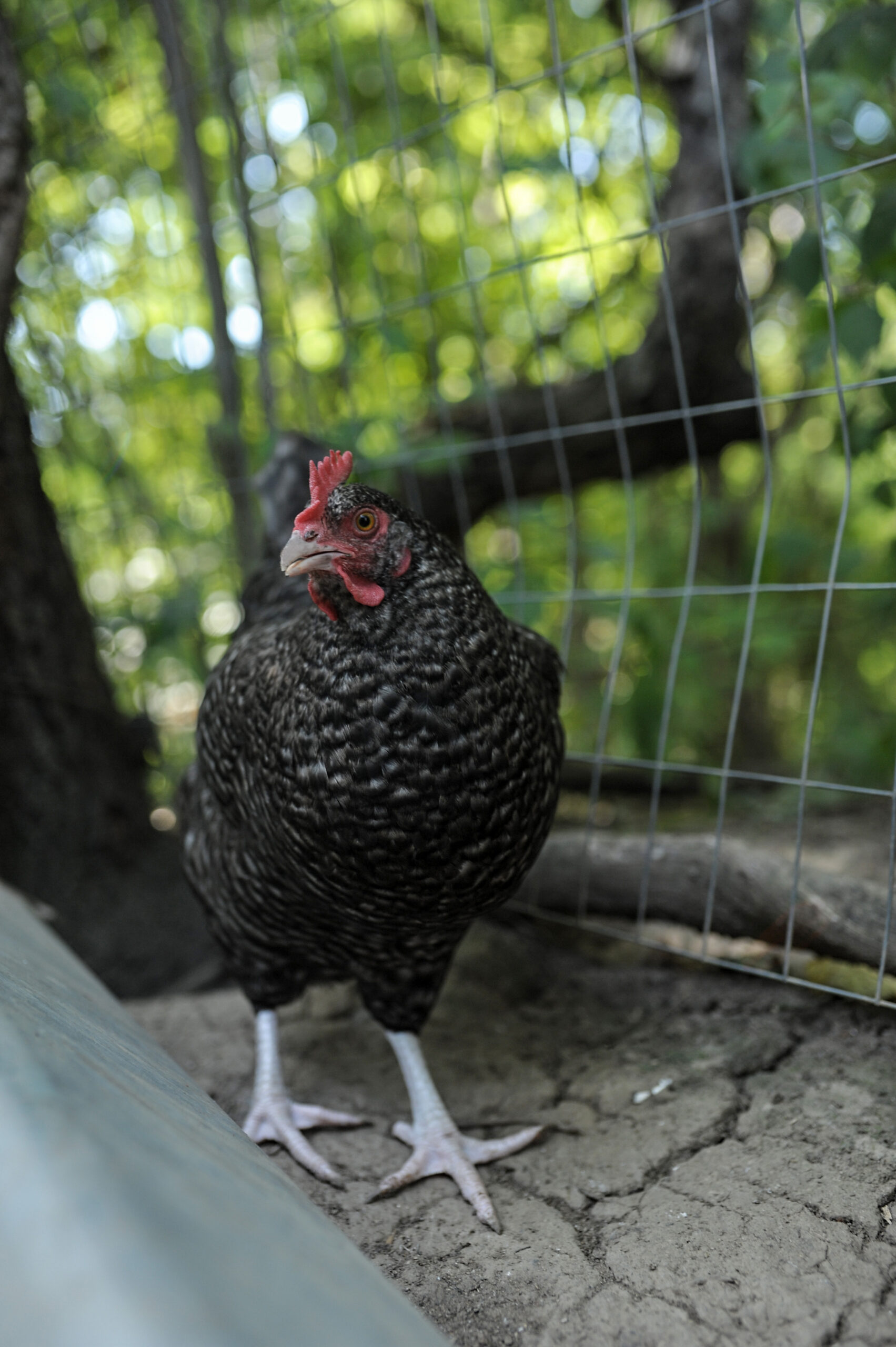
Do you discuss treatment options in your book?
“Yes. The Chicken Health Handbook includes detailed descriptions and drawings of each type of mite. It also offers different options for treating each species. The book covers lice in the same detail. You could also see what the different kinds of mites and lice look like by Googling images for each species.”
How many kinds of lice are there?
“At least seven species of biting lice are known to infest chickens. We have large chicken lice, brown chicken lice, and yellow body lice. Also head, fluff, and shaft lice. Each species has a preference for feeding on certain parts of a chicken’s body, resulting these descriptive common names for these external parasites.
“A chicken may host more than one species at a time. However, you won’t find both lice and northern fowl mites at the same time. The lice will either eat the mites, or will outcompete them, and therefore starve the mites,” she explains.
“All lice are wingless and spend their entire lives on the chicken. They eat mostly feathers, dried skin, and other organic matter on the skin.
“Lice vary in shape and size, ranging in length from 1⁄25 to 1⁄4 inch. Most species are yellow or straw colored, making them difficult to see on chickens with white plumage. They’re much easier to spot on dark-feathered chickens. And, not incidentally, chicken lice are not the same species that affect humans.”
How serious are chicken lice?
“A bunch of lice chewing on a chicken can be so irritating that the bird won’t eat or sleep well. Egg production may drop by as much as 15%. Fertility may also go down. Chickens become restless, scratching and pecking their own bodies.
“But lice are easier to get rid of than mites. I once acquired a chicken that turned out to be covered with lice. I gave it a nice, long bath with pet flea shampoo, and that was the end of the lice.”
How do chickens get lice?
“Lice usually travel to chickens by way of wild birds or used equipment. They spread by crawling from chicken to chicken, or through contact with infested feathers, especially during a molt. They are usually worse in fall and winter. Since lice go through a generation in about three weeks, the population can explode pretty fast,” Damerow states.
“Avoiding lice largely involves preventing them from getting into the coop in the first place. Discourage wild birds from nesting in the coop. Quarantine newly purchased chickens, examine them thoroughly for external parasites, and treat any that are infested before putting them in with an existing flock. When acquiring used feeders, carriers, or other equipment, thoroughly wash and disinfect them to make sure they are not harboring external parasites.”
What else can chicken keepers do to protect their flocks?
“I recommend inspecting chickens for external parasites such at least once a month. For most of us, that’s easiest to do at night while chickens are on the roost, and are therefore more manageable. As soon as you spot mites or lice on one chicken, treat the entire flock,” she advises.
“Unfortunately, not many methods of control destroy unhatched external parasite eggs. To avoid a re-infestation by freshly hatched mites or lice, a good idea is to repeat the treatment at least twice at 7 day intervals.”

Gail Damerow has been keeping chickens for nearly 50 years and has written several books about them including Storey’s Guide to Raising Chickens, The Chicken Health Handbook, The Chicken Encyclopedia, Hatching and Brooding Your Own Chicks, and What’s Killing My Chickens. For more about Ms. Damerow, visit her blog at GailDamerow.com.
Gail Damerow’s headshot courtesy of Kathy Shea Mormino.
